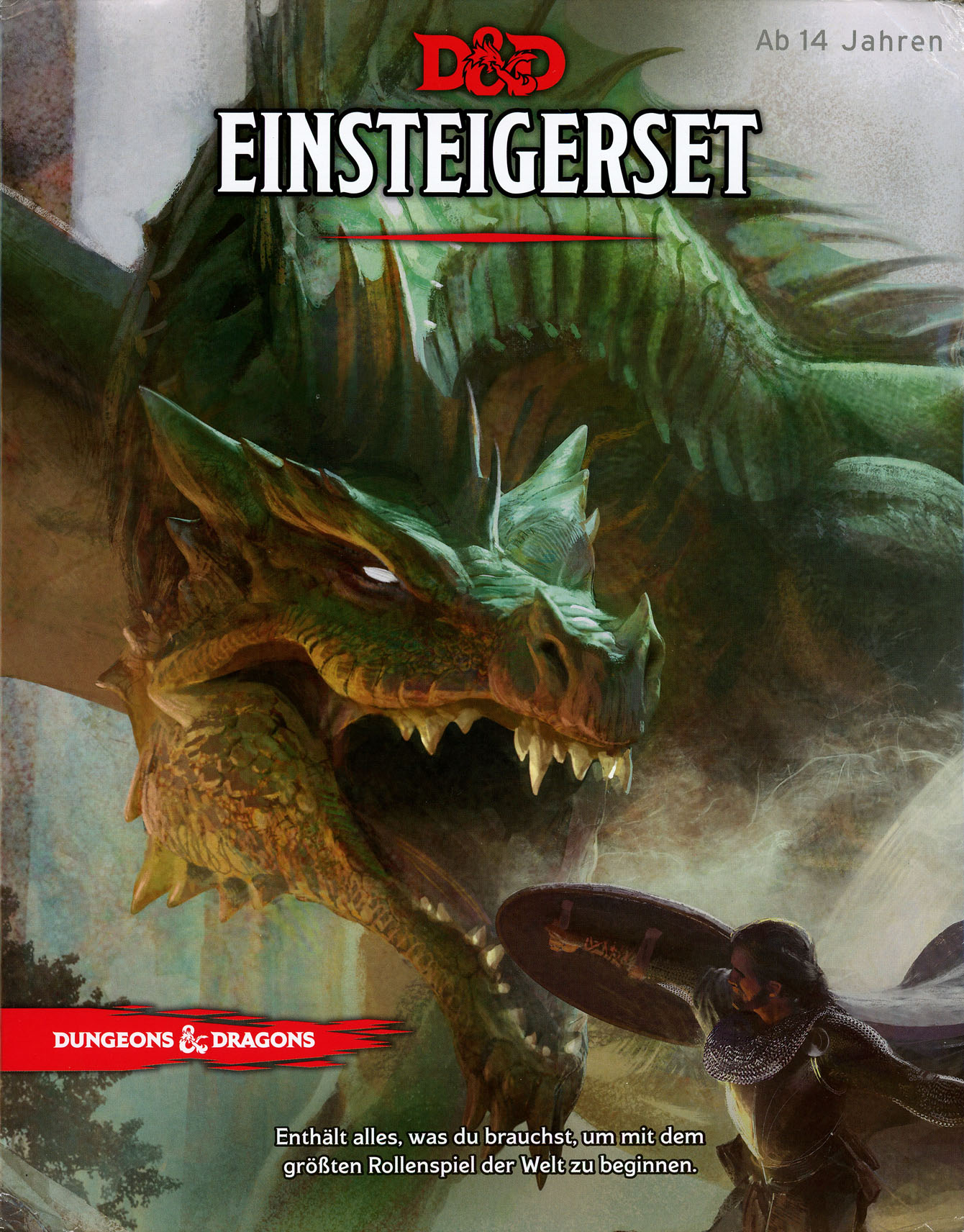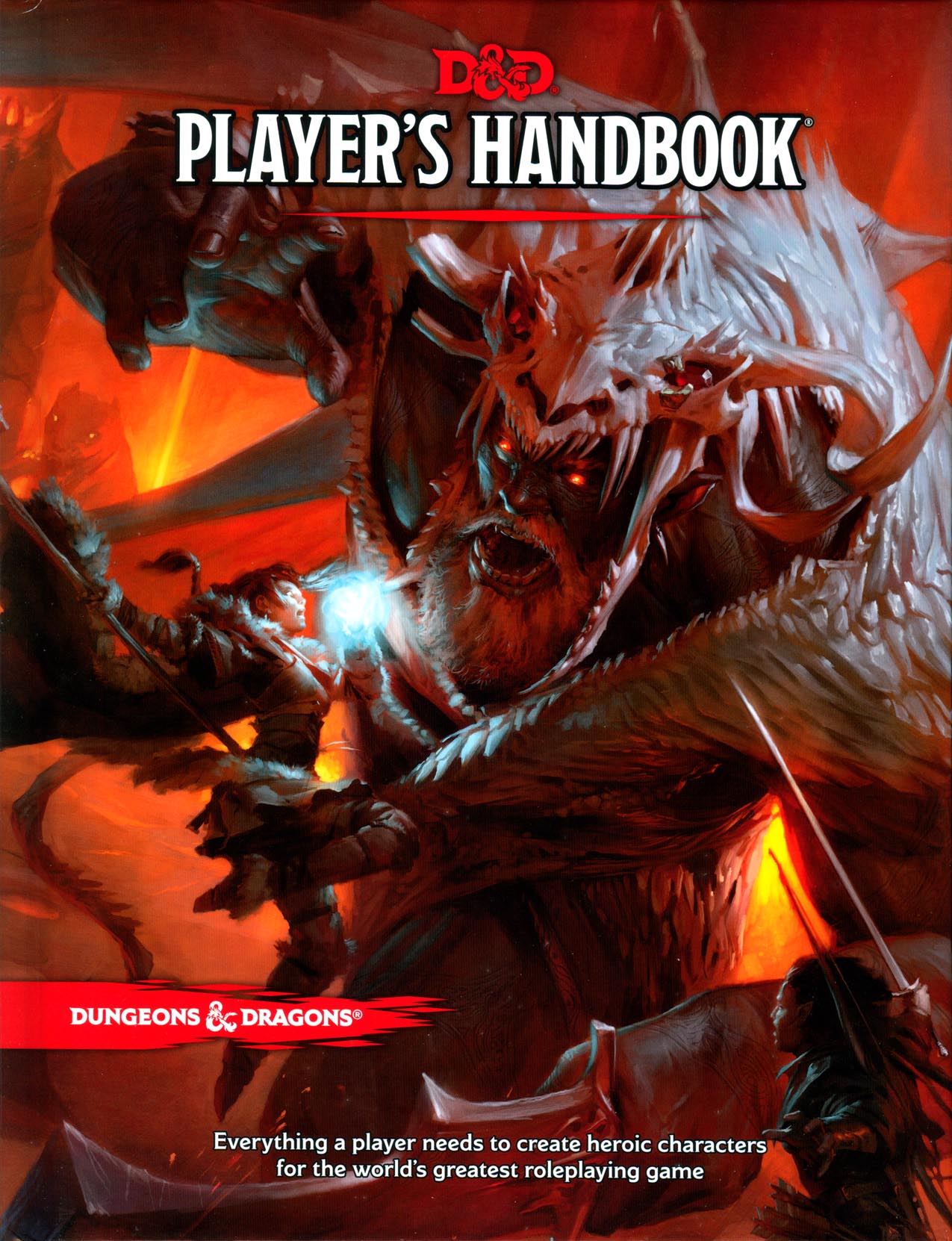
The nine schools presented in the book each take a different philosophy of martial action, and enhance the warrior in different ways. Although maneuvers have levels, they ignore the "spells by level" mechanic familiar to spellcasters, and any maneuver known can be used as long as it is available, regardless of how many maneuvers of the same level were used previously. Maneuvers differ from magic spells in that they renew much more quickly (at the end of a fight or by performing some action to restore them), and can be "unlearned" in order to learn new maneuvers at a later level. Classes which are not martial adept classes can only recover maneuvers (which have been learned through the Martial Study feat) at the end of an encounter. Once maneuvers are expended, each class has a method of recovering them.

Martial arts maneuvers are readied (instead of being memorized) unlike spells in the magic system, only one maneuver can be readied at a time. The martial arts system presented in the book bears a passing resemblance to the magic system of D&D.
Yet the scattered disciples of the Nine Schools remembered their period of lost unity, and strive continuously both to pass their arts on to new generations, and to restore the lost glory of the Temple. The cast-out masters wandered, gathering pupils, before they returned and slaughtered the original temple, scattering the styles once again to the winds. After that, the masters of the Tiger Claw and Shadow Hand styles plotted against the others, and were cast out. This temple survived until after Reshar vanished without a trace, leaving each style an exemplar sword. After that, he built a temple, which brought all of the styles together under a single roof. They were brought together in the person of a man named Reshar, who studied and mastered all nine styles in the astonishingly short period of just three years. In the internal mythology of the book, the nine styles were once the properties of different races and wildly divergent philosophies. Swordsages are best compared to the philosopher-swordsmen of the Wuxia film genre. The third, the Swordsage, is most like a Monk in nature, but has more customizable features. Two of the three classes parallel existing classes, but gain different class features, as well as access to the powerful techniques of the Sublime Way: Crusader, which parallels the religious strictures of the Paladin (but unlike the Paladin, the Crusader class can be used to make a character of any alignment), and Warblade, which parallels the pure martial prowess of the Fighter. Martial Adepts are the base classes introduced in Tome of Battle. The chapters are named "Disciples of the Sword", "Skills & Feats", "Blade Magic", "Maneuvers & Stances", "Prestige Classes", "The Nine Swords", "Magic Items", and "Monsters".

Tome of Battle has eight chapters and an introduction. The book accomplishes this via three revised melee classes, each equipped with versatile combat maneuvers and stances that can be expended in the same way that magic users expend spells. Mechanically, the purpose of the book is to increase the viability of melee combatants in the game to be comparable to magic user characters in high-level play. The book summarized this concept as: " Tome of Battle isn't your parents' D&D - it's bigger, bolder, and more fantastic than ever before." The book notes the success and acceptance of Eastern fantasy in the west - characterized by the acceptance of games like Final Fantasy and movies like Kill Bill - and attempts to capture this by incorporating elements of martial arts into a D&D campaign. Tome of Battle was written to give players a chance to play characters " the genres of Far East action games and the 'typical' D&D game world," in contrast to the standard "knights and castles and dragons" that most of Dungeons and Dragons 3.5e was focused on. 2.4 Styles or Schools of the Sublime Way.


 0 kommentar(er)
0 kommentar(er)
